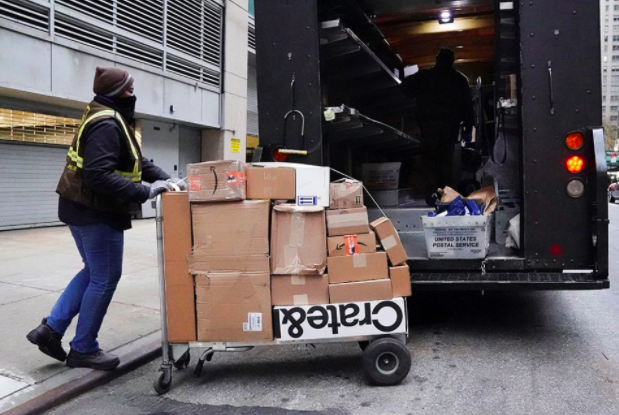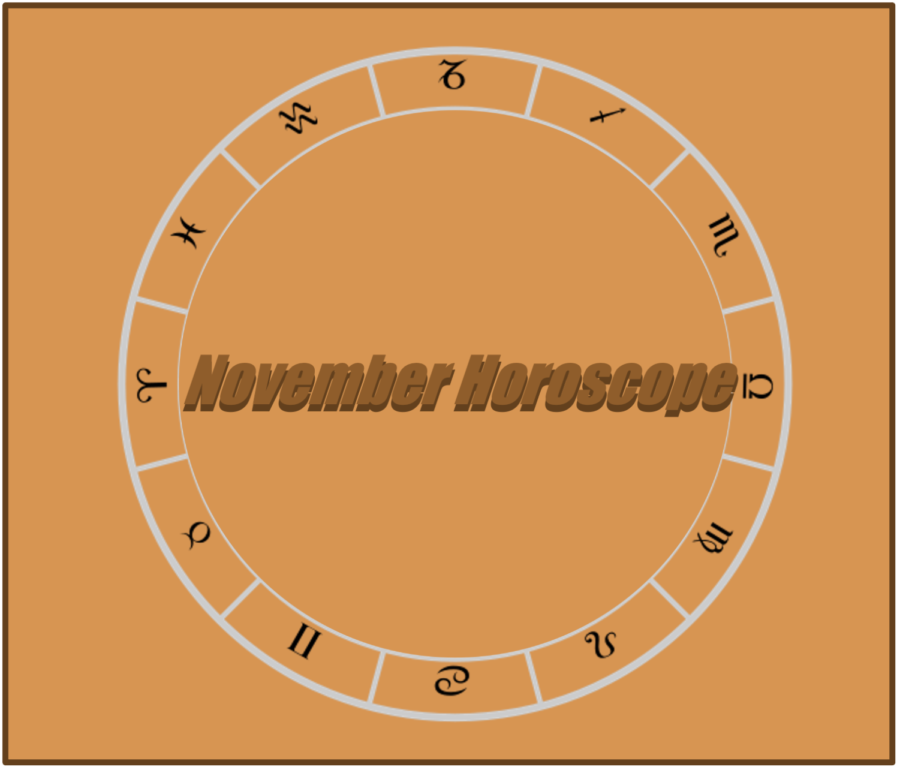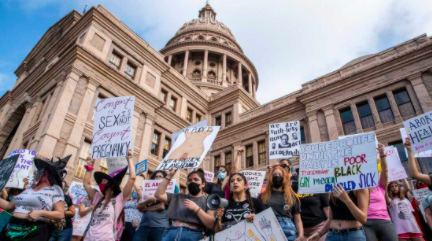Recently, most of the United States experienced the coldest weather it’s had for a very long time. Many record lows were recorded, which included the breaking of a 118-year record for New York City.
Spots in Minnesota reached negative 30 degrees Fahrenheit with a wind chill making it feel ten degrees colder. It was so cold that even parts of Niagara Falls froze over. Many airlines had to cancel and delay flights, augmenting hundreds of thousands of Americans’ travel schedules.
The cold temperatures also brought snow and an extra day off for Pascack Hills the Friday after vacation. Over the first ten days of January, the average temperatures in Montvale were more than six degrees colder than usual and four times the low was in single digits.
But this still leaves the question out there: what is causing all of this cold? The answer to that question is the polar vortex. And while this term has been plastered all over the Internet and television, often what it does is not explained.
The polar vortex is not a new concept; in fact it is present almost all year-round, but usually stays in the Arctic and near the North Pole. Yet in the winter it is generally located in the center of Canada. This year, its center hovered over the northern part of the United States for a few days, which is significantly more south than the norm.
The polar vortex is an extremely large and cold pocket of air tens of thousands of feet in the air. It has moved south to the United States because of warmer weather in northern parts of the Arctic. Usually the edges of the polar vortex reaches the northeast part of the United States, mainly Maine, Vermont, and New Hampshire, this time the center of near Chicago and Minneapolis.
The polar vortex also caused very strong winds, which in turn, by moving around the freezing cold air, made wind chills unbearable. Wind chills in the Midwest could get as cold as negative 60 degrees.
Luckily, the polar vortex has left the area as since the tenth of January, temperatures here have consistently been in the 40s and 50s and have only dropped below freezing once. And the polar vortex shouldn’t return to the area any time soon, but with something like this, it’s impossible to know.














































